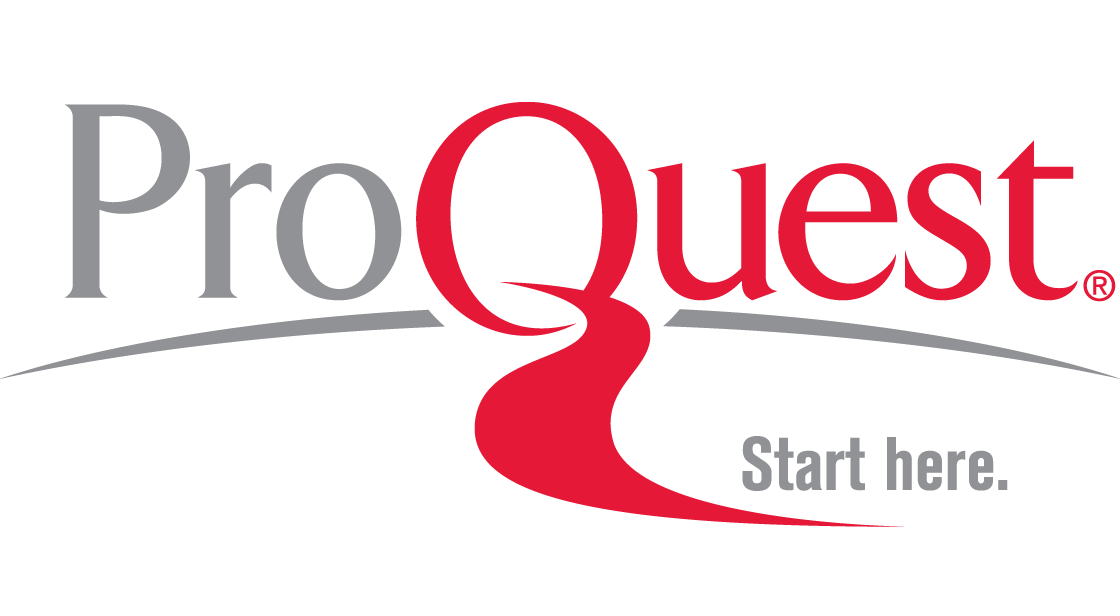Intensification of Hydrolysis Treatment of Waste Plantain Peels Using Ultrasonic Waves for Enhanced Production of Reducing Sugars and Bioethanol
Abstract
This work focuses on enhancing hydrolysis and bioethanol production from waste plantain peels by using ultrasound acoustic cavitation, comparing its effectiveness to that of hot-acid hydrolysis (HAH) and enzymatic hydrolysis (EH). Statistical response surface methodology (RSM) was employed to examine the enhancement of ultrasonic aided-dilute acid hydrolysis (UADAH) and HAH parameters for the extraction of reducing sugars. The highest reducing sugar yield was obtained as 166.89 ± 0.75 mg/g, 115.03 ± 0.87 mg/g and 131.04 ± 0.29 mg/g from UADAH, HAH and EH respectively. Ultrasound cavitation enhanced the reducing sugar yield with a shorter processing time of 46 min. Notably, the processing time required for UADAH method was reduced threefold and twenty-fold compared to that of HAH and EH, respectively. Also, the UADAH process resulted in a maximum bioethanol yield of 76%. Therefore, ultrasonic irradiation is a promising technology for 2G biofuel production from waste plantain peels owing to its effectiveness in attaining maximum yield within a shorter processing time and with minimal solvent usage.








